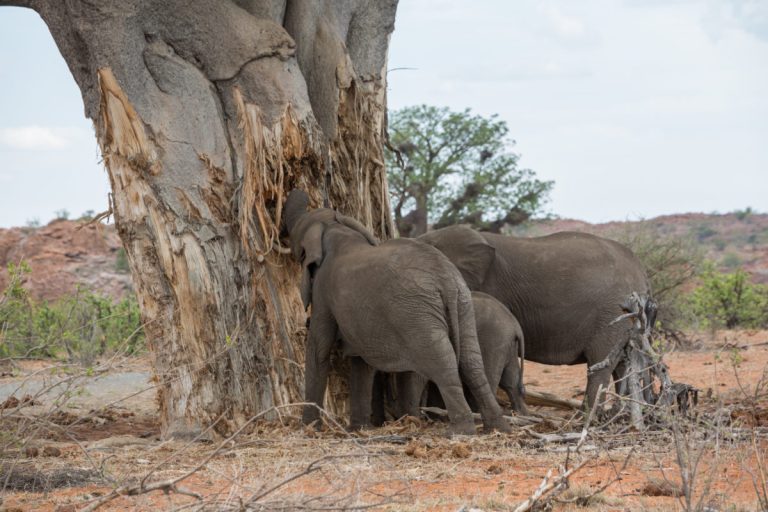Juxtaposing Parameters behind Baobab Tree Damage by African Elephants Using Machine Learning

The study explores the impact of African elephants on baobab trees (Adansonia digitata) in Zimbabwe’s Sinamatella Intensive Protection Zone and Deka Safari Area. Using systematic sampling, 103 trees were analyzed to assess damage caused by elephants and environmental factors. Key predictors included distance to water, stem circumference, and canopy size.
Machine learning models—Random Forest, Ridge Regression, LASSO Regression, Decision Tree Regression, and Support Vector Regression—were employed. Random Forest performed best, explaining 90.75% of variance in tree damage.
Key Findings:
- Larger trees near water sources suffered more damage.
- Damage patterns were strongly influenced by stem circumference and canopy size.
- 63% of trees experienced light damage, while 17% were severely damaged or dead.
Recommendations:
- Establish baobab refugia in protected areas.
- Limit elephant densities to ecological carrying capacities.
- Monitor elephant populations and implement controlled translocation or culling if necessary.
This research highlights the role of machine learning in ecological conservation, offering actionable strategies to protect baobab trees while balancing elephant population dynamics.
